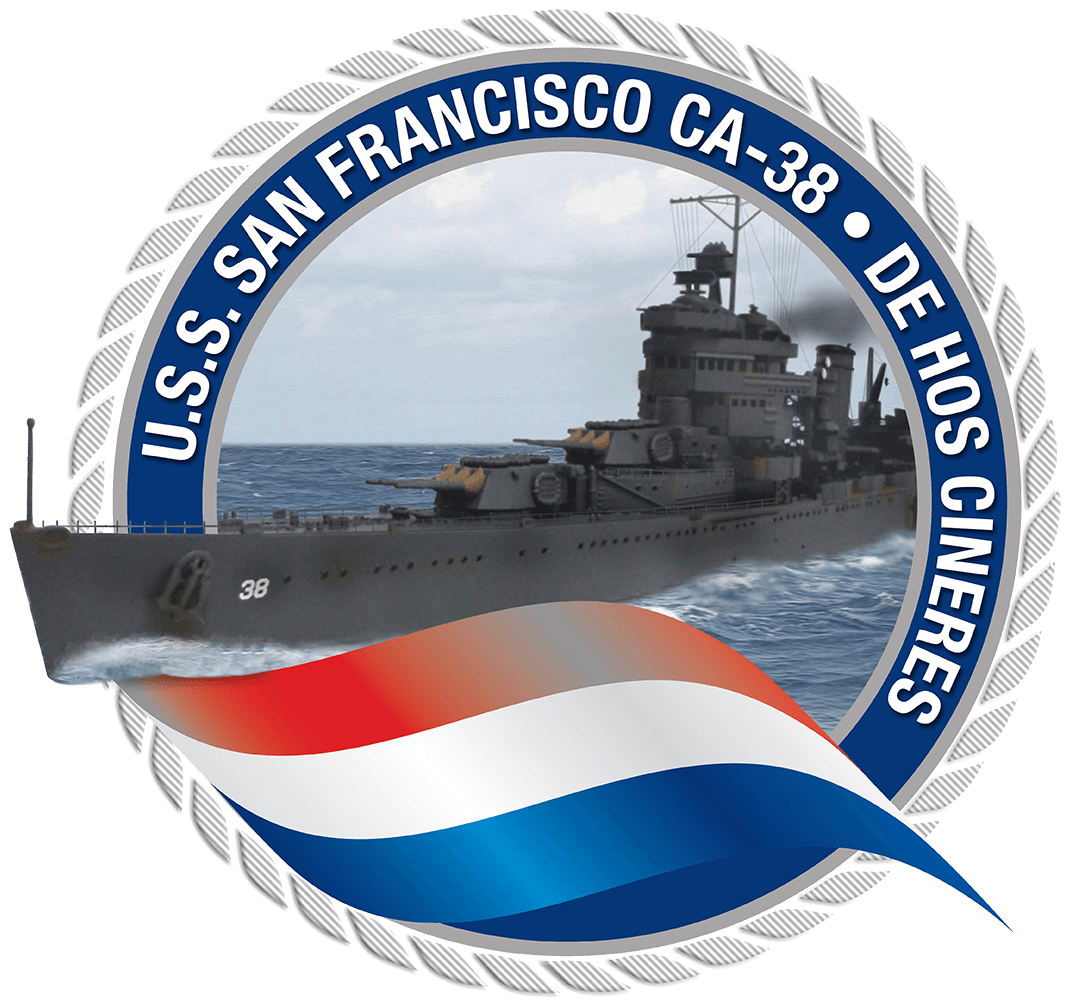
by Tara Ross, August 31st 2021 –
On this day in 1943, USS Harmon is commissioned. It was the first U.S. Navy warship to be named after a black American. The destroyer was named after Leonard Roy Harmon, a sailor who gave his life during World War II.
Harmon was a native Texan who enlisted with the United States Navy and served aboard USS San Francisco as a mess attendant. Yes, sadly, at that point in our history, he was limited in the roles that he could play aboard ship. Nevertheless, it seems that he worked hard and excelled. He was soon promoted to mess attendant first class.
Unfortunately, that would prove to be his final assignment—but it would NOT be his final mark upon the Navy.
Harmon was with San Francisco in 1942 when that vessel became engaged in the critical Naval Battle of Guadalcanal. The Japanese were taking one last swipe at regaining an airfield that they’d lost in the Solomon Islands. Fortunately, Allied forces would manage to defeat the effort.
And Harmon was in the thick of it.
On November 13, 1942, San Francisco was under heavy attack. Harmon was sent above deck to help the pharmacist’s mates. Their task? Locate the wounded and help them to the lower decks. Historian James D. Hornfischer describes the scene that would have faced Harmon: “Ladders were blown away throughout the ship, hatches jammed, and the threat of shrapnel, fire, and flood all-encompassing. Moving up and down from below to the boat deck, and then carrying the wounded back to fantail, was exhausting . . . .”
At one point, Harmon apparently pulled an unconscious man, Rae Arison, out of a puddle into which he’d fallen. Arison probably would have drowned in the midst of that battle, but for Harmon.
Such an odd danger to confront in the midst of battle, isn’t it? Drowning in a puddle of water.
Harmon confronted his own danger not too long afterwards. He was helping pharmacist’s mate Lynford Bondsteel when a rush of enemy gunfire came straight towards the two. Harmon pushed Bondsteel out of the way, taking the brunt of the fire himself. Harmon’s wounds would be fatal.
Harmon would later receive a Navy Cross for his actions. “[H]e deliberately exposed himself to hostile gunfire,” the citation notes, “in order to protect a shipmate and as a result of this courageous deed, he was killed in action.”
Only six months later, the Secretary of the Navy announced that a warship would be named in Harmon’s honor. USS Harmon was officially commissioned on August 31, 1943.
It had been less than a year since Harmon had sacrificed his life, both for his fellow sailor and for his country.

